Search
Search Results

Definition
Coinage
Coins were introduced as a method of payment around the 6th or 5th century BCE. The invention of coins is still shrouded in mystery: According to Herodotus (I, 94), coins were first minted by the Lydians, while Aristotle claims that the first...

Image
Battle of Cannae - Initial Deployment
Map of the Battle of Cannae showing the initial deployment and the Roman attack.
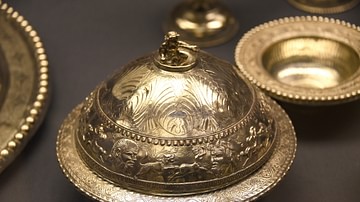
Definition
Silver in Antiquity
Silver had great value and aesthetic appeal in many ancient cultures where it was used to make jewellery, tableware, figurines, ritual objects and rough-cut pieces known as hacksilver which could be used in trade or to store wealth. The metal...
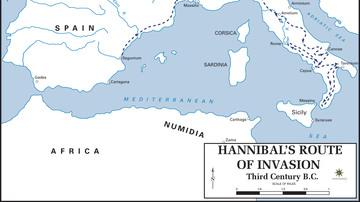
Image
Map of Hannibal's Route into Italy
Hannibal's route into Italy in the Second Punic War.

Image
Carthage and its Harbour
This is a 3D rendition of what Carthage might have looked like at the height of its power. In the foreground you can see the Cothon, the city's famous military harbour.

Image
Hannibal Barca Statue
Hannibal Barca, by Sébastien Slodtz (1704 CE), counting the rings of the Roman knights who were killed at the Battle of Cannae (216 BCE), from the Gardens of the Tuileries in Paris. Now in Louvre Museum.
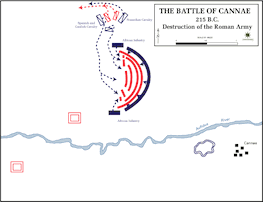
Image
Battle of Cannae - Destruction of the Roman Army
Map of the Battle of Cannae showing how Hannibal encircles and defeats the Roman army.
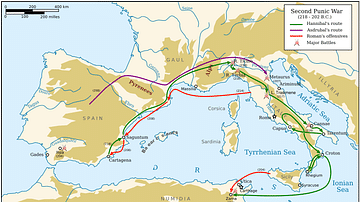
Image
Campaigns of the Second Punic War
A map illustrating the campaigns of the Second Punic War (218-201 BCE).
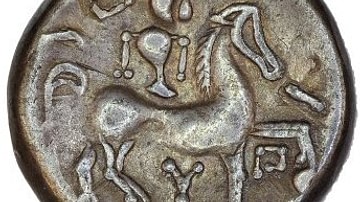
Definition
Celtic Coinage
The coinage of the ancient Celts, minted from the early 3rd century BCE to the 1st century CE, at first imitated Greek and then Roman coins. Celtic engravers then soon developed their own unique style, creating distinctive coins with depictions...
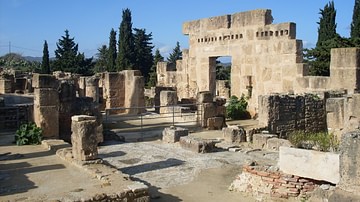
Definition
Utica
Utica (also Utique), 33km north of Tunis, was the first Phoenician colony on the North African coast. The strategically important port was an ally to Carthage in the First Punic War, but the city switched sides in the Second and Third Punic...